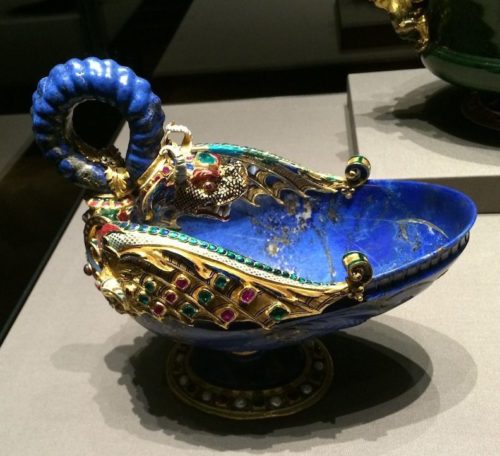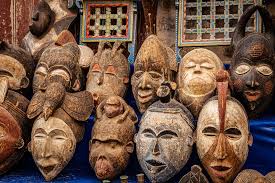Menu

For thousands of years, Afghanistan’s rugged mountains have hidden one of the world’s most prized treasures: lapis lazuli. This rich, ultramarine-blue stone has shaped the story of Afghan art and culture, making the country synonymous with its luminous color. From the ancient mines of Badakhshan, lapis lazuli has been mined since at least 7,000 BCE, supplying the pharaohs of Egypt, the artists of Renaissance Italy, and the jewelers of Central Asia.
Afghan artisans have long transformed lapis lazuli into stunning works of art. Intricately carved amulets, beads, inlaid boxes, and jewelry pieces highlight the stone’s deep blue interspersed with golden flecks of pyrite. This captivating contrast has inspired centuries of creativity. Beyond adornment, lapis was historically ground into ultramarine pigment, the most expensive and sought-after blue for medieval and Renaissance painters. Even the robes of the Virgin Mary in European art owe their color to Afghan lapis.
In Afghanistan, lapis lazuli is more than an export — it’s a cultural emblem. The art of carving and polishing this stone has been passed down through generations. Despite decades of conflict, Afghan craftspeople continue to create breathtaking lapis artifacts sold in bazaars from Kabul to Herat. Modern designs blend traditional motifs with contemporary styles, keeping the heritage alive while appealing to new markets.
Yet the trade has challenges: illicit mining, smuggling, and conflict have threatened both the artisans and the integrity of the industry. International efforts to support fair trade lapis aim to protect Afghanistan’s cultural legacy and the livelihoods of its craftspeople.
Afghan lapis lazuli is a symbol of the country’s resilience and creativity — a deep blue reminder that even in hardship, beauty can shine through. Its art continues to connect Afghanistan to the world, one luminous stone at a time.



@THE INDIAN ART COTTAGE
© The Indian Art Cottage | All Rights Reserved | 2025